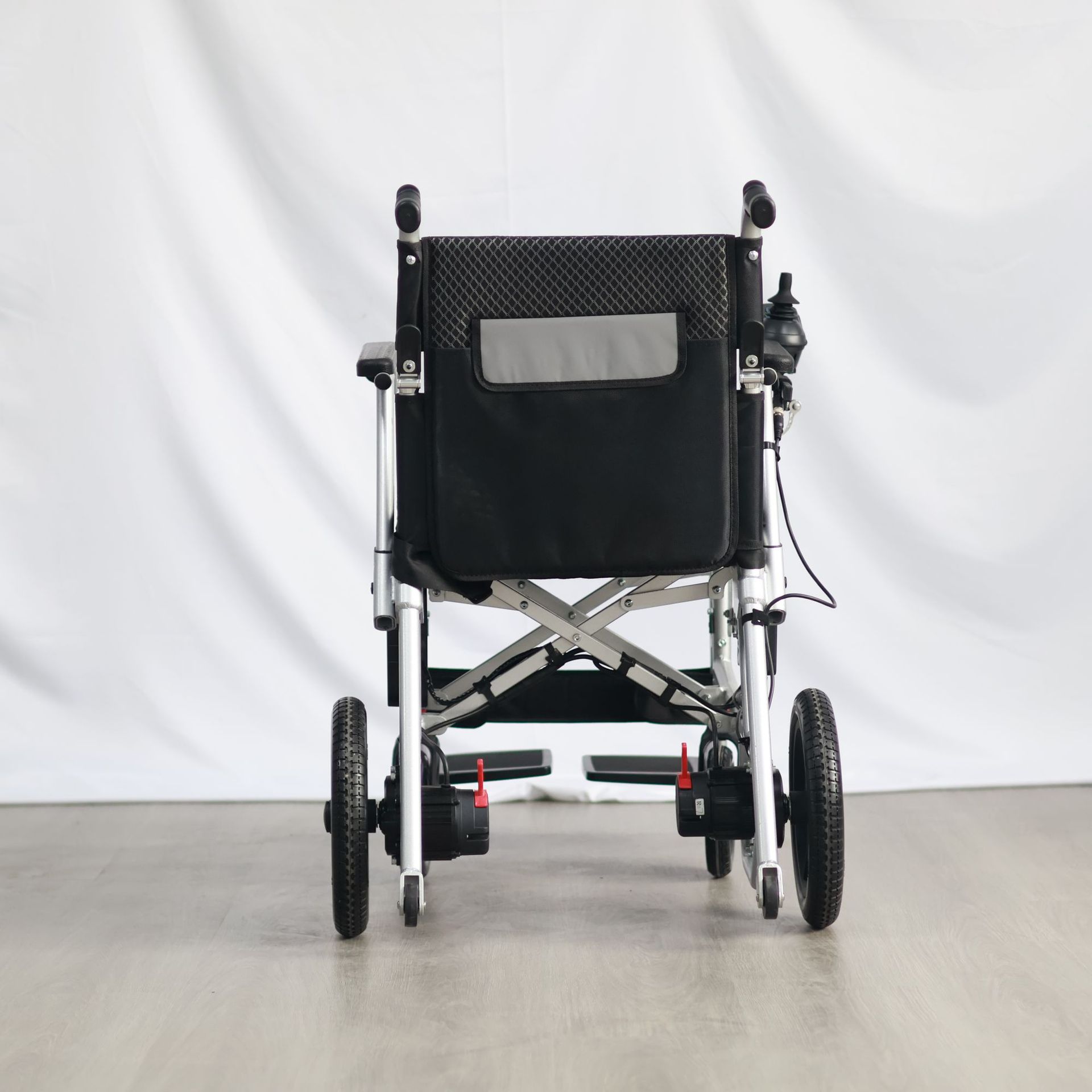모모In today몶s fast-paced world, the demand for efficient, multi-functional, and environmentally friendly home appliances has never been higher. Zhejiang Huaguang Electric Appliance Company is leading the way in this revolution, bringing innovative steam technology into homes around the globe. Founded in 1985, Huaguang has built a reputation for excellence in research, production, and sales, specializing in steam appliances that cater to a wide range of household needs.know steam mop factory The market will definitely bring great influence to the whole industry. https://www.huaguangsteam.com/product-category/cleaners/steam-mop/
모모
모모The Future of Home Care: Steam Appliances by Huaguang Electric
모모
모모Huaguang몶s dedication to steam technology has made it a leader in the home care industry. Their steam irons and steam cleaners are designed to provide superior performance, making household chores quicker and more efficient. With over 500 patents, Huaguang몶s commitment to innovation is evident. Their products not only ensure a clean and comfortable home but also reduce the need for harsh chemicals, making them an eco-friendly choice.
모모
모모The company몶s products are known for their durability, efficiency, and advanced features. For instance, their steam irons deliver powerful steam output, ensuring even the most stubborn wrinkles are easily smoothed out. The steam cleaners, on the other hand, offer deep cleaning solutions that remove dirt and bacteria, ensuring a healthy living environment.
모모
모모Steam Technology: The Future of Kitchen Appliances
모모
모모Huaguang is revolutionizing your morning routine with their cutting-edge coffee machine products. Designed with both elegance and functionality in mind, these coffee machines not only complement any kitchen decor but also ensure that every cup of coffee is brewed to perfection. Whether you몶re a coffee aficionado or just in need of your morning caffeine fix, Huaguang몶s innovative appliances bring barista-quality coffee right to your countertop. Experience the blend of technology and tradition with Huaguang몶s coffee machines C where every sip is a testament to quality.
모모
모모As James Freeman, the founder of Blue Bottle Coffee, once said, 몵Great coffee doesn몶t just happen,몶 and with Huaguang몶s coffee machines, great coffee happens every morning in your kitchen.
모모
모모Enhancing Daily Life with Innovative Steam Solutions
모모
모모Huaguang몶s steam appliances are not just about performance; they몶re about enhancing the overall quality of life. With a focus on ergonomics and user-friendly design, these products are designed to be as convenient as they are effective. The steam technology used in Huaguang몶s products also contributes to sustainability by reducing water and energy consumption, aligning with global trends toward greener living.
모모
모모From their compact, easy-to-use steam irons to their powerful steam cleaners, Huaguang몶s products are engineered to make everyday tasks simpler and more enjoyable. The company몶s commitment to quality is reflected in their rigorous testing procedures and adherence to international safety and quality standards. Whether it몶s keeping your clothes wrinkle-free, your kitchen running smoothly, or your home spotless, Huaguang몶s steam appliances are the perfect addition to any household.





